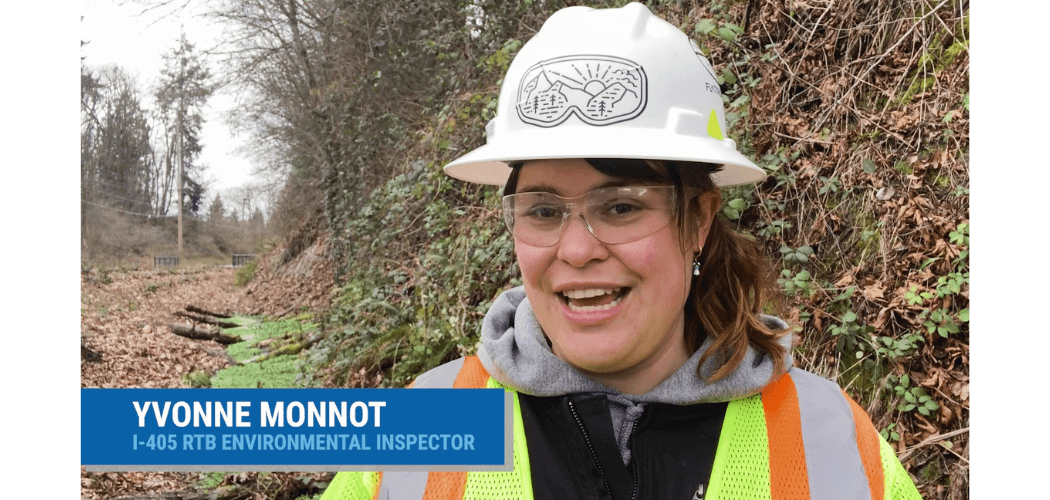Safety & Environment, Sustainability
Protecting Washington’s Water

Flatiron’s Sustainability Plan includes key commitments to protect water which is a valuable limited resource. Check out this video where Yvonne Monnot, I-405 RTB environmental inspector, shares how Flatiron keeps dirty water from passing cars from entering important waterways and ultimately our drinking water.
The United Nations shared the following information about the world’s water and sanitation crisis. You can learn more at World Water Day | World Water Day 2023.
What is the global water and sanitation crisis?
When we talk about the global water and sanitation crisis, it can be difficult to visualize it. Facts and statistics are important but they can be impersonal and fail to motivate people to take action. So, what would it look like if we applied the global crisis to a community of just 100 people?
- 25 people would have to collect unsafe water from a stream or pond, often far away, or stand in line for hours and pay a high price to a vendor. The water would regularly make them so sick they couldn’t go to work or school. Death from entirely preventable diseases, like cholera and typhoid, would be a constant danger.
- 22 people would either have no choice but to go to the toilet in the streets, bushes or fields, or to use unhygienic and dysfunctional latrines. Women and girls would suffer most as they would be more vulnerable to abuse and attack, and unable to properly manage their menstrual health.
- 46 people would live in areas vulnerable to disease because their wastewater and feces flowed back into nature without being treated.
- The other 54 people, having safe toilets connected to systems that safely treat waste, would remain largely unaware of how important their sanitation services are to protecting their health and well-being.
- Around half of the wetlands around the community would have been lost in recent decades, increasing the risk of flooding.
- 22 people would either work in, or receive care at, a healthcare facility that has no basic water service, placing them at heightened risk of infectious diseases. Many of those will be receiving treatment for diseases that could have been prevented with safe water and sanitation in the community.
Agriculture and industry nearby would take over 80% of the available water.
Due to climate change, droughts would increasingly hit water resources and food supply. Floods would threaten to destroy water and sanitation facilities and contaminate water resources.
The community would be unlikely to have a cooperation agreement with neighboring communities to share and protect water.
The poorest and most vulnerable members of the community, who would be disproportionately affected by the crisis, would face the biggest struggle to get the attention of authorities to improve their water and sanitation services.
